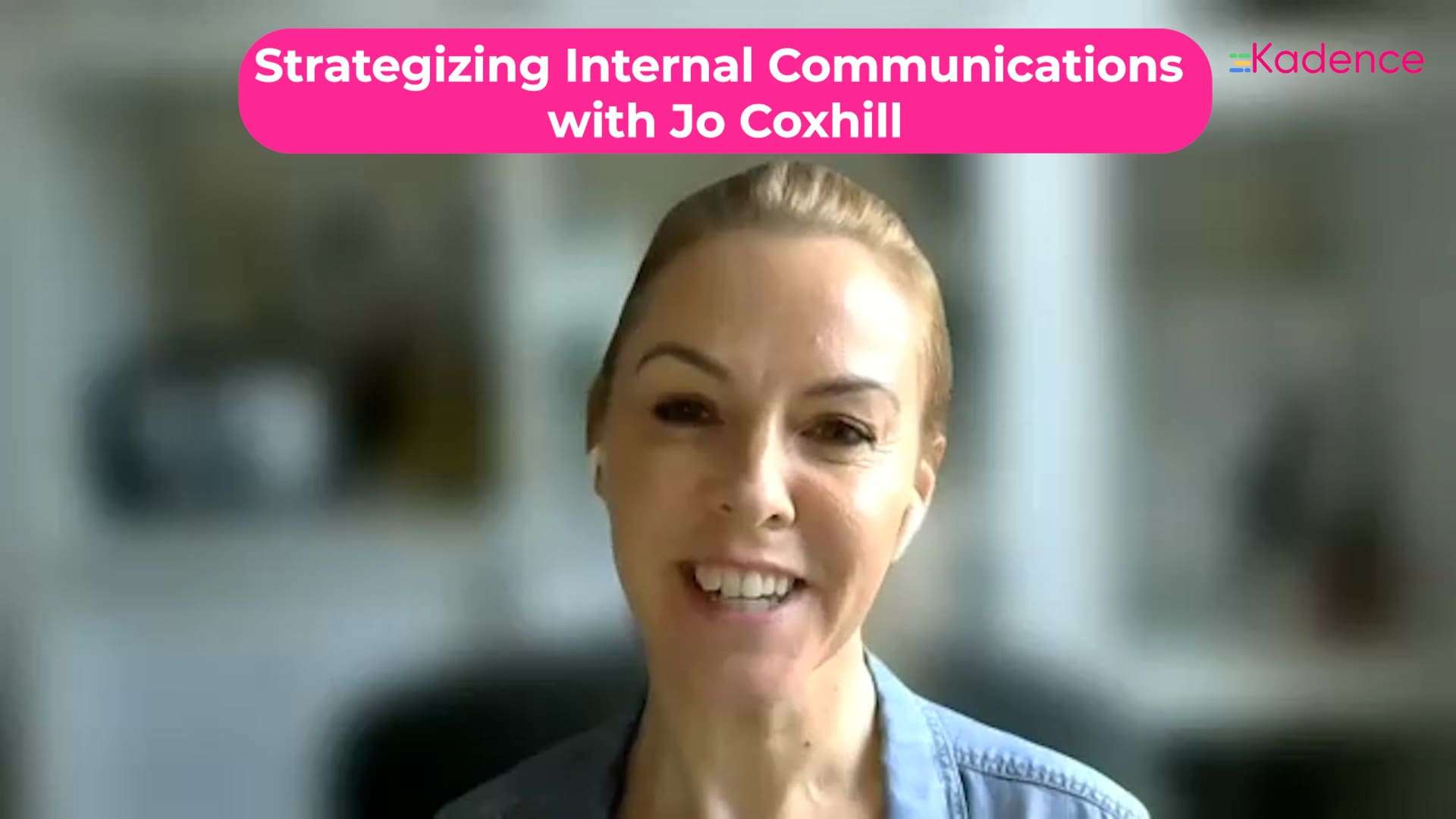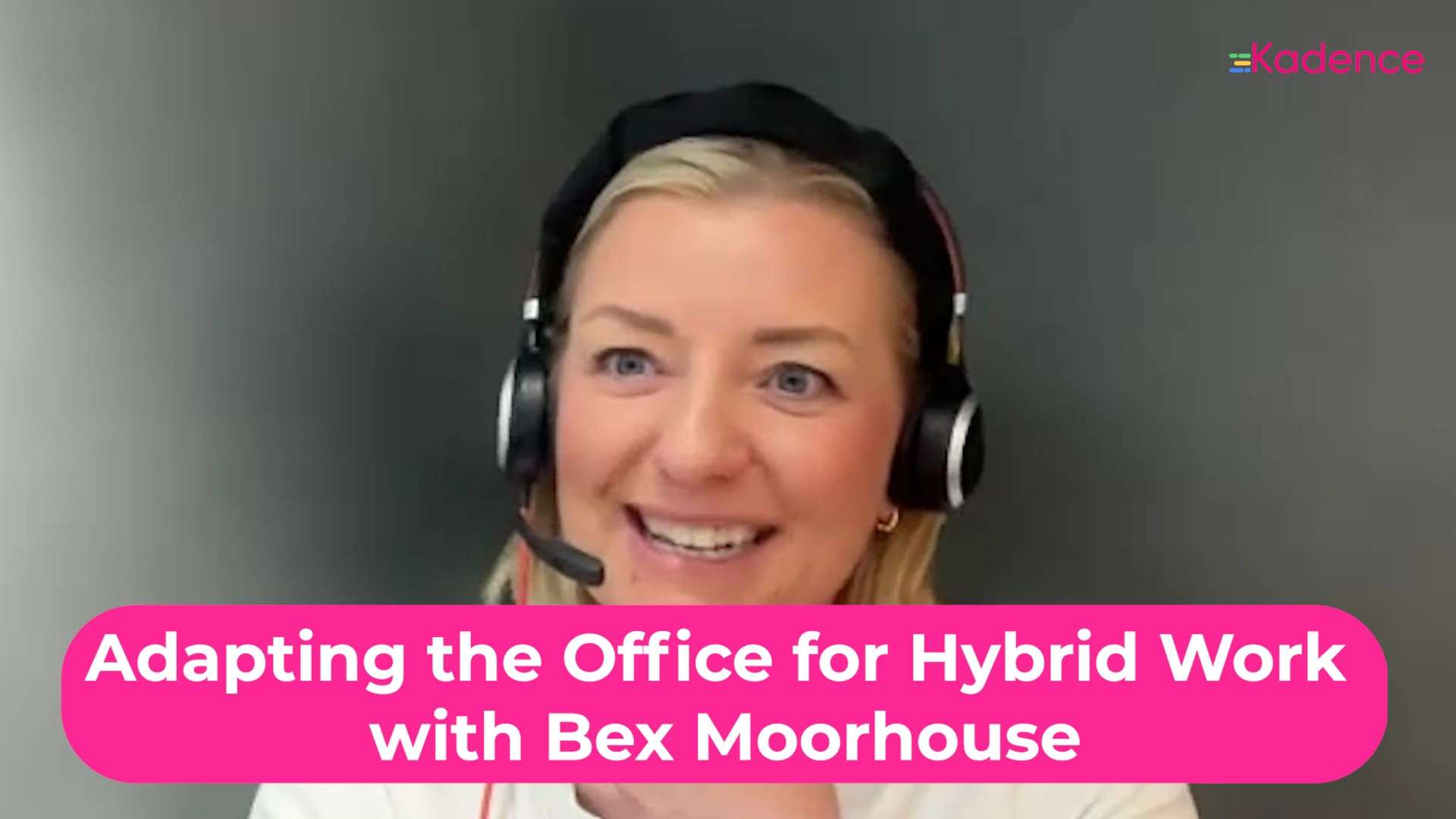In the move towards more flexible ways of working, modern organizations are having to get smarter about how they use space.
That means integrating a hybrid operating platform and making sure existing office space is used effectively. For others, it means giving their employees access to flexible workspaces near them.
Through my experiences with WorkFLEX, I’ve seen another kind of space become increasingly popular among workers. One that provides a level of flexibility that more conventional workspaces cannot offer.
“Third Spaces” are non-traditional workplaces that are neither offices nor co-working spaces.
And they might just be transforming the way we work.
What are Third Spaces?
Third Spaces are any public space that can feasibly (and reasonably!) be used for work. These could be cafes, bars, and libraries, to name a few.
Think a cosy nook in your local coffee house. Your tablet is perched up against a cappuccino and you’re nibbling on an almond croissant.
Third Spaces can be a very useful environment to get certain work tasks done, like deep individual work, creative thinking, reading, or admin.
Professionals are turning to these kinds of spaces in numbers. 50% of workers recently surveyed by Opentable said they spend at least some of their time working in cafes and other Third Spaces throughout their work week.
We’re also seeing a trend in co-working spaces to adopt an atmosphere more typical of a third space. With integrated coffee shops, biophilic design and areas for relaxation, they are responding to a general move away from traditional office set ups.
Why work in a Third Space?
Third Spaces provide a useful alternative to the back-and-forth between office-based work and remote work.
While office work is a great way to connect to your teammates and collaborate together, it can sometimes feel like a pressured, limiting environment. Remote work, with all of its great benefits for flexibility, can be socially isolating.
Working in a Third Space can provide you with a perfect environment for a little mental break, where organic social interaction and spontaneous conversations still keep you stimulated and creative. A recent survey we ran found that working from Third Spaces significantly contributed to an overall sense of wellbeing in workers.
While these kinds of spaces can be less effective for taking calls, completing confidential work or tasks that involve more equipment, they’re excellent for big picture thinking, admin tasks, and other independent activities.
What about the office?
The office will continue to play a valuable role in our day-to-day work life. It’s a cornerstone of community, a platform for connecting with our colleagues and the values of our organizations.
And yet it’s often not the best environment for all the tasks team members perform each week.
If you’re forced to commute for an hour just to send three emails from your office, you’d be rightly frustrated. Tasks like this could have just as easily been done at the Starbucks around the corner.
Third Spaces are like the “joker” card in your modern work schedule. They’re a great way to shake up your routine and immerse yourself in a fresh work setting — when the right tasks come about.
Is a Third Space right for you?
Follow these four questions to assess whether or not you could work from a Third Space today.
1. Do you have a lot of calls to make today?
If yes, it’s probably best to take them from home or a designated area in your office. If not — a cafe would work well!
2. Do you have any privacy or data sensitive work to do?
If yes — best to avoid a public space and conduct the work from the privacy of your home or office.
3. Do you have a bunch of admin to sort out today?
If yes, this could be a great opportunity to go to your local cafe and hunker down with a laptop. Crush those emails!
4. Do you have some big picture creative or strategic thinking to get done?
If yes, this is also a good time to find a Third Space that helps you take time to zoom out and get some important thinking done.
Trust is essential
Hybrid work is still in its infancy. Companies are still figuring out how and where employees get their best work done.
Recognizing that different kinds of spaces have their own unique advantages is a big step towards getting smarter about how we work.
Ultimately, it comes down to trust. Employers need to trust their employees to be productive from Third Spaces, while employees should feel confident enough to ask for this kind of flexibility.
When employers focus on outcomes rather than physical location, they are likelier to build happier, more productive teams.
In a world where all you need to be productive is a laptop and decent WiFi, it’s only logical that we should embrace Third Spaces.
In doing so, we’re opening the door to greater flexibility, creativity, and well-being.




